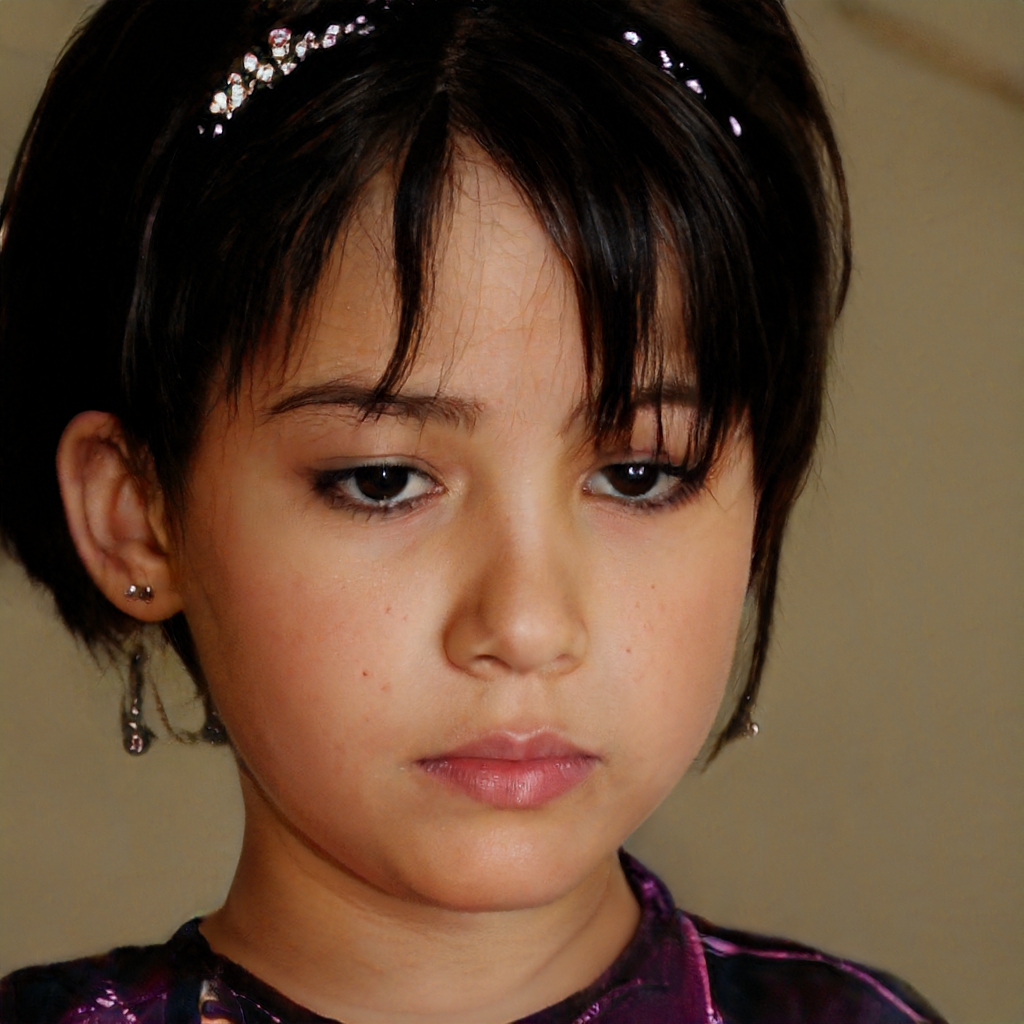Interested in buying a drone in Italy? Here's everything you need to know, from regulations to licenses passing through acronyms to remember
Drones can now be bought freely. But before you go to a store or connect to an e-commerce to buy a remotely piloted aircraft, you have to ask yourself one fundamental thing: what limitations are there and what do you need to fly them for these devices?
Our country was one of the first nations to adopt a regulation on the use of drones. This allows consumers to have some standard rules to follow while using remotely piloted aircraft. Also because drones are a fun pastime, but they can pose a danger to people's safety and privacy. Imagine, for example, if a drone out of control fell on a crowded square. In Italy, in order to fly a drone, and to purchase one, it is necessary to know and follow the rules established by ENAC (Ente Nazionale Aviazione Civile) in its Regulations for remotely piloted vehicles.
Enac's Regulations for Drones
Let's take a look at the main rules established by ENAC regarding the use of drones. The rules for the flight and purchase of drones depend only minimally on the weight; there are different rules for drones weighing less than 2 kg, less than 25 kg and more than 25 kg. Let's start instead with the maximum distances: the drone cannot fly more than 500 meters away from the pilot with a maximum elevation of 150 meters. Each drone must fly at least 5 kilometers away from an airport. And of course it is prevented from flying in ATZs (Aerodrome traffic zones), which are the areas where air traffic is restricted to flights departing from or landing at the airport. Out of respect for privacy and municipal regulations, it is forbidden to fly over a crowd of people.
Licenses and certificates to use a drone
To operate with drones weighing less than 2 kg it is sufficient to obtain a flight certificate and pass a medical examination at a recognized center. While to use drones weighing less than 300 grams and with a maximum speed of 60Km/h just send the necessary documentation to Enac. For drones weighing more than 2 kg and to use the aircraft in critical conditions (during disasters, events, or particular weather conditions) the pilot will have to go through a fairly long process, similar to that of a real driving license. The drone pilot license is necessary only if you want to pilot a drone with a mass of more than 25 kilograms. It should be remembered that the pilot must be of legal age and must have adequate psychophysical fitness for the functions to be put into practice. In addition, he must demonstrate aeronautical knowledge and the ability to conduct an APR (remotely piloted aircraft). Recognition of competence is certified through a pilot certificate or APR pilot license as appropriate.
Critical Operations
So what are these critical operations? As said, they are those that involve overflying during delicate phases of events, or flying in urban conglomerates (where it is usually forbidden). To carry out these operations it is necessary to contact Enac and request the right to fly. It is understood that overflights of crowds of people, processions, sporting events or inherent forms of entertainment are prohibited. For non-critical operations, it is not necessary to request authorization, but it is sufficient to inform Enac of the intentions of our flight.
Acronyms to remember
We conclude with a series of words and acronyms that are essential to remember for those approaching the world of drones for the first time. Let's start with Aeromodel. This term indicates a drone used for recreational and sporting purposes and that flies constantly under the visual control of the person who controls it at a distance (also called aeromodeller). In short, these are the drones that are more similar to the old remote-controlled model airplanes. Let's move on to the definition of a Remotely Piloted Aircraft (APR). The word indicates an aerial vehicle without people on board used for commercial purposes or scientific research. Buffer Area on the other hand is a specified area surrounding the airspace used for drone flight, which is established to ensure adequate levels of safety for the operations to be performed. Let's close with three acronyms: VLOS, BVLOS and EVLOS. These are one derivation of the other, they establish the modalities of visual control of the drone by those who control its movement. VLOS (Visual line of sight) is used for operations conducted by a pilot who is able to maintain direct visual contact. BVLOS (Beyond visual line of sight) is used for operations conducted at such a distance that the pilot cannot maintain continuous direct visual contact.
